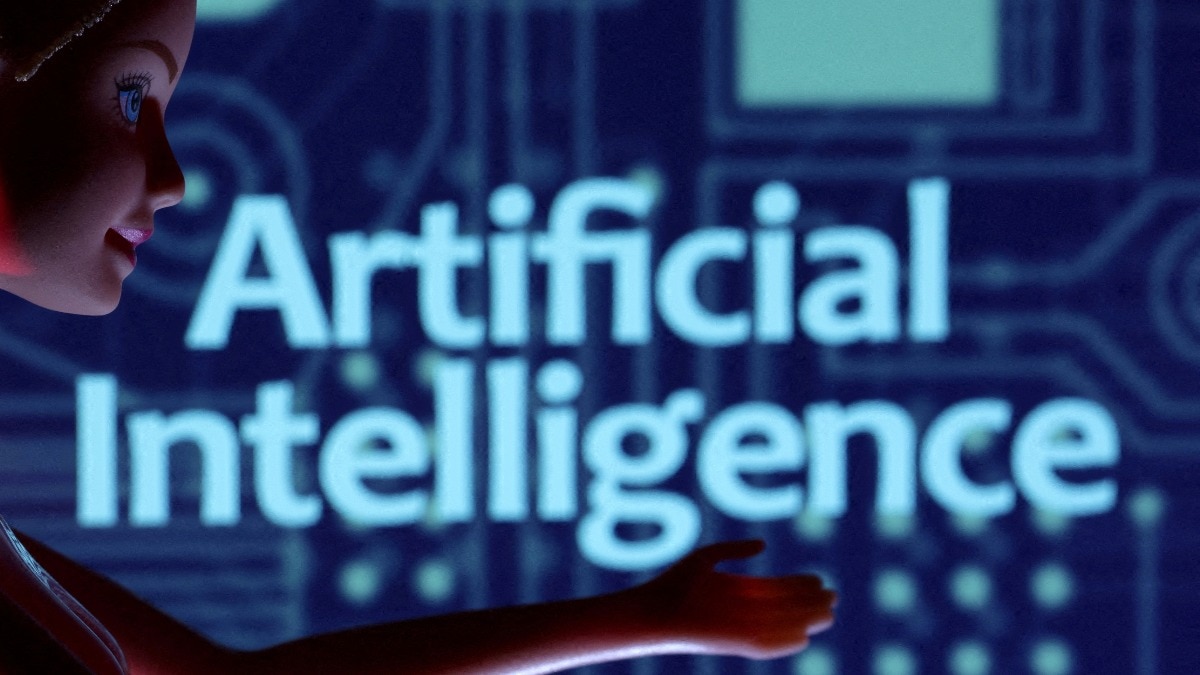KRBL Limited Launches New Packaging for India Gate Basmati Rice
KRBL Limited, recognised as a frontrunner in the food sector and the parent company of India Gate Basmati Rice, has unveiled a new packaging design aimed at enhancing consumer interaction and transparency. This updated packaging, a part of a more extensive strategic approach, includes comprehensive product information, user-friendly illustrations, and interactive elements like QR codes.
This redesign comes after in-depth research into consumer habits, which identified issues such as insufficient product information and price-centric buying patterns. To tackle these challenges, KRBL worked together with brand consultancy Landor to develop packaging that simplifies decisions and builds consumer confidence.
The fresh design categorises the product range according to varying consumer perspectives, including ‘The Perfectionist,’ ‘The Quality-Seeker,’ ‘The Taste Champion,’ and ‘The Smart Shopper,’ ensuring a customised experience for each buyer.
This packaging update is merely the initial step in a multi-phase campaign that commenced on 29th January 2025, launching with a grand reveal at PVR Director’s Cut, Vasant Kunj, setting a new standard for consumer engagement in a category typically marked by low interaction.
Strategic Launch with a Movie Premiere
Kunal Sharma, who holds the title of Head of Marketing & Business Head for Modern Trade and E-commerce at KRBL Limited, clarified the strategic decision behind choosing a film premiere for the launch. He noted that films revolve around storytelling, and leveraging this narrative power was crucial to achieving maximum engagement. This impactful ATL campaign was tailored to dominate discussions with a combination of creativity and innovation. From stunning anamorphic displays in famous locations to AI-enhanced robots in stores, every component was designed to generate excitement that resonated widely.
Sharma added that, with 20% of the marketing budget allocated to this initiative, the company achieved unprecedented levels of visibility and engagement. They didn’t simply reveal new packaging; they transformed the manner in which brands connect with their audiences. By integrating the allure of Bollywood with pioneering activations, this campaign establishes a new standard for scale, depth, and impactful storytelling in the industry.
Comprehensive 360-Degree Marketing Campaign
The 360-degree marketing strategy accompanying the launch encompasses digital, on-ground, influencer, and cinema activations. It features eye-catching anamorphic displays at key sites, AI-supported robots in retail establishments, and prestigious hoardings across more than 200 locations in 14 cities. Partnerships with quick-commerce platforms like Swiggy Instamart, Zepto, and BlinkIT further amplify the campaign’s impact.
Bollywood icon Amitabh Bachchan announced the new designs on Instagram, stating, “Toh devion aur sajjanon, India’s fav #CookingStar ka #NewAvatar is finally unveiled!”
In addition to Bachchan, well-known film critics and directors, including Karan Johar, Vignesh Shivan, and Rajiv Masand, alongside a multitude of leading influencers, enhanced the campaign’s reach. Digital engagements via platforms such as BookMyShow, Meta, YouTube, and various OTT services augmented consumer interaction.
Mitika Malhotra, Head of Digital & Corporate Communications for the India market at KRBL Limited, commented that in today’s digital landscape, it is vital to connect with consumers in their online environments. She emphasised that this campaign achieves that by merging creative storytelling with data-driven approaches, thereby crafting tailored experiences that resonate with all consumers. The efforts span targeted digital activations and utilise social platforms for optimal reach, creating a seamless experience that keeps audiences engaged and enthusiastic. This initiative goes beyond visibility; it aims to forge meaningful connections that foster long-lasting brand loyalty and consumer trust.
The refreshed packaging is a notable achievement for KRBL, which was a pioneer in the packaged basmati rice market. Through this initiative, the company continues to strengthen its leading position in the industry, merging tradition with the expectations of modern consumers.









